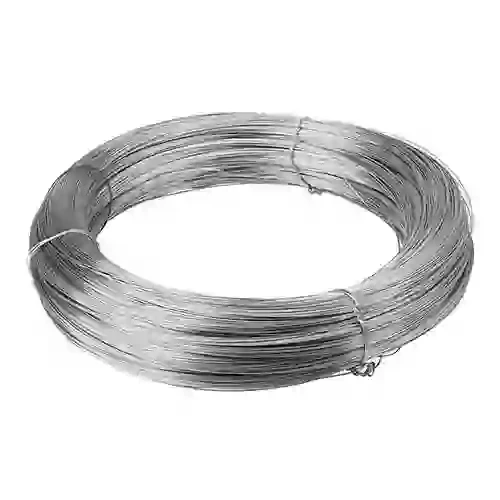-
 Phone:
Phone: -
 Email:
Email:

Understanding Wire Gauge for Clothes Hangers and Their Material Strength
Understanding Clothes Hanger Wire Gauge An In-Depth Look
When it comes to household items, clothes hangers are often taken for granted. They play a crucial role in keeping our garments organized and wrinkle-free. However, not many people consider the material and specifications of these hangers, particularly the wire gauge used in their construction. In this article, we will explore the significance of clothes hanger wire gauge, its implications for durability and functionality, and how to choose the right hanger for your needs.
What is Wire Gauge?
Wire gauge refers to the thickness of a wire, and it's an essential factor to consider when evaluating clothes hangers. The gauge, indicated by a numerical system, can affect a product's strength, flexibility, and weight capacity. The smaller the gauge number, the thicker the wire. For example, a 16-gauge wire is significantly thicker than a 20-gauge wire. In general, clothes hangers can range from 10 gauge to 20 gauge, with some niche products going even thinner.
Importance of Wire Gauge in Clothes Hangers
1. Strength and Durability Thicker wires (lower gauge numbers) provide greater strength and resilience. These hangers can hold heavier garments, such as winter coats or suits, without bending or breaking. On the other hand, thinner wires (higher gauge numbers) may be more suitable for lightweight clothing items like t-shirts or blouses. Understanding the appropriate wire gauge for the types of clothing you typically hang can significantly enhance your storage system's effectiveness.
2. Flexibility and Design While thicker wires can support heavier weights, they may be less flexible when it comes to design variations. Thinner wires can be molded into more delicate shapes, making them ideal for hangers with clips or contours designed for specific garment types. When choosing hangers for delicate fabrics like silk or lace, look for those made from a suitable wire gauge that will not damage the material while still providing adequate support.
3. Cost Generally, hangers made from thicker wire will be more expensive than their thinner counterparts due to the materials and construction methods used. If you're creating a budget-friendly wardrobe solution, it’s important to strike a balance between cost, durability, and functionality. It might be worth investing in thicker hangers for heavier clothing items while using thinner options for lighter apparel.
clothes hanger wire gauge

4. Weight Capacity Each wire gauge can support a specific weight limit. As a rule of thumb, a 16-gauge hanger can typically hold around 20-30 pounds, while a 20-gauge hanger may only support about 5-10 pounds. Knowing the weight capacity can help prevent damage to your favorites garments and ensure they’re stored properly.
Choosing the Right Clothes Hanger Wire Gauge
- For Heavy Garments If you're storing items like winter coats, suits, or heavy dresses, look for hangers made from 14 to 16-gauge wire. These will provide the necessary support.
- For Everyday Clothing For shirts, blouses, and lightweight dresses, a 16 to 18-gauge hanger is usually sufficient.
- For Delicate Fabrics For delicate items or dresses, opt for hangers made from 18 to 20-gauge wire that can support the garment without causing damage.
- Consider the Shape In addition to wire gauge, consider the shape of the hanger. Some clothes require specific designs—like padded or contoured hangers for dresses or non-slip options for slippery fabric.
Conclusion
In summary, understanding the concept of wire gauge in clothes hangers is more important than many realize. The right hanger can extend the lifespan of your garments and simplify your storage solutions. As you choose hangers for your wardrobe, consider the wire gauge along with the weight capacity and design to ensure you are getting the best value for your investment. Ultimately, a well-organized closet not only makes it easier to find what you’re looking for but also contributes to the overall care and longevity of your clothing pieces. By paying attention to the details, such as wire gauge, you’ll be well on your way to a more efficient and stylish wardrobe.
-
Wire Mesh for Every Need: A Practical SolutionNewsJul.25,2025
-
Steel Fences: Durable, Secure, and Stylish OptionsNewsJul.25,2025
-
Roll Top Fencing: A Smart Solution for Safety and SecurityNewsJul.25,2025
-
Cattle Farm Fencing Solutions for Maximum SecurityNewsJul.25,2025
-
Affordable Iron Binding Wire SolutionsNewsJul.25,2025
-
Affordable Galvanized Wire SolutionsNewsJul.25,2025
-
Wire Hanger Recycling IdeasNewsJul.25,2025








